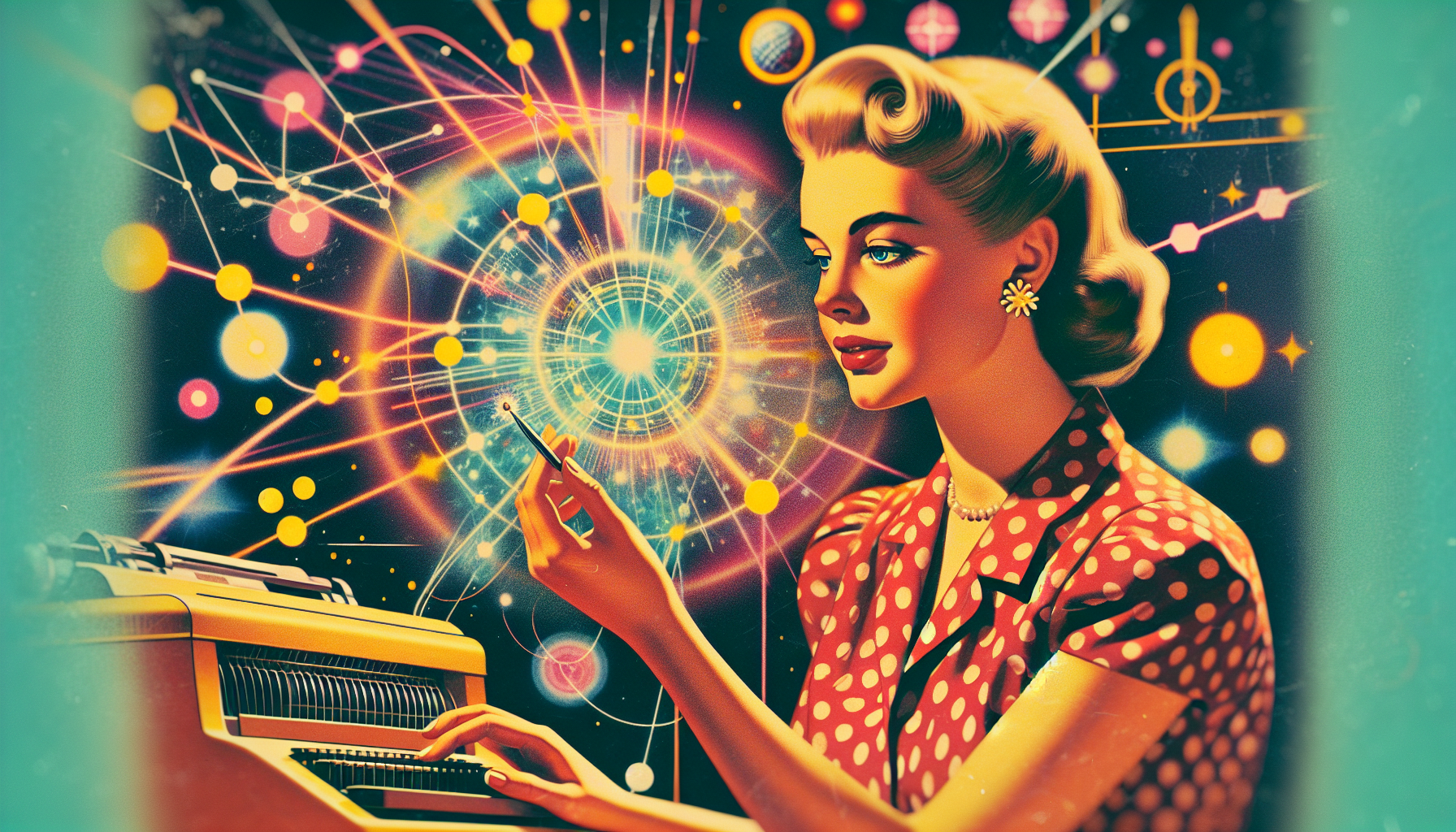Ask any artist, and they’ll tell you: sometimes creativity feels like magic. A sudden flash, a new idea, a phrase or image or sound that’s never existed before. It’s easy, then, to look at AI-generated songs, paintings, or poems and wonder—can a machine possibly tap into that magic? Are works created by artificial intelligence truly original, or are they just clever rearrangements of ideas that already belong to us?
Let’s consider the nature of creativity itself, and whether machines can ever claim a share of it.
What Do We Mean by “Original”?
Before we hand out medals for creative genius, it’s worth asking what “originality” really means. Is anything humans produce ever truly original, or do we—like AI—build our work on the ideas, stories, and images of others?
The composer Igor Stravinsky once said, “A good composer does not imitate; he steals.” Picasso, too, famously declared, “Good artists copy, great artists steal.” In philosophy, this question goes back centuries: are there such things as *completely* new ideas, or are we simply remixing and reinterpreting the raw material of experience and history?
Human creativity, in practice, isn’t about creating from nothing. It’s about making surprising connections, offering fresh perspectives, or embodying unlikely juxtapositions. Shakespeare borrowed plots. Bob Dylan “borrowed” melodies. Even Apple “borrowed” the mouse and graphical interface from Xerox. Are they less original because they built on the work of others? Most would say no.
How Do AI Systems Create?
Let’s peek behind the digital curtain. Modern AI systems, like large language models or image generators, are trained on vast piles of text, music, and art created by humans. When you ask one, “Write me a poem about the color blue,” it doesn’t leaf through a notebook of old poems to find the exact phrase. It shuffles and recombines patterns learned from everything in its memory—the rhythm of Emily Dickinson, a snippet of Basho, the silly playfulness of Dr. Seuss.
Sounds a bit like what humans do, doesn’t it?
But here’s a key difference: AI systems don’t have feelings, experiences, or inner lives. They don’t dream, suffer heartbreak, or contemplate the taste of a ripe peach on a summer day (as far as we know—if the day comes that an AI falls in love with a nectarine, we’ll have to revisit this post).
In essence, AI generates its output by statistically predicting what words, notes, or pixels should come next based on what it has learned. It’s sophisticated pattern-matching, not the spontaneous spark we like to believe animates the human soul.
Is Pattern-Matching Enough?
If originality is merely scrambling the raw materials of the past into new patterns, then AI can certainly claim to be original in a technical sense. No two outputs are quite the same. An AI can spit out stories, images, and songs that have never existed—at least not in exactly that form.
But many people sense a deeper problem. When we appreciate a painting or a poem, it’s not just its “newness” we prize, but its meaning, context, and intention. We want to know: *Who* created this? *Why* did they create it? What was the world like inside their head at the moment of inspiration?
AI gives us works without those narratives. Perhaps this explains why Tchaikovsky’s Symphony No. 6 feels different from an algorithmically generated symphonic pastiche, even if your ears can’t tell the difference. The music carries echoes of a real person’s longing, struggle, and hope.
Of course, not all art is personal confession. Some is playful, procedural, or even intentionally impersonal (hello, Dadaists!). Still, the backstory—the intention—matters to humans.
The Human Touch: Intention and Value
Suppose you find a beautiful necklace on the beach. If you believe it was crafted by a local artisan, you probably treasure it more than if you learn it fell off an assembly line in some distant city. The value is not just in the object, but in the story, the hands that shaped it, and the meaning attached.
In this way, perhaps true human creativity is less about pure originality, and more about *intentionality*, meaning, and connection. An AI can surprise you. It can even make you laugh or gasp. Yet, as of now, it doesn’t choose *why* to create; it generates because it’s told to do so. There’s no yearning, rebellion, or quiet joy driving the art. There is only probability and process.
This doesn’t mean AI art is worthless! Far from it. It can delight us, challenge us, spur new conversations or collaborations. In fact, the boundary between “AI-generated” and “human-generated” may become increasingly blurry as artists intentionally partner with machines as creative tools. The AI becomes another kind of brush or pen—a collaborator whose quirks lie in code rather than in personality.
So, Is AI Originality Really Original?
Here’s a philosopher’s favorite answer: it depends. If “originality” means uniqueness—combinations that haven’t existed before—then, yes, AI can be original. If it means intentional expression, rooted in experience and emotion, AI (at least today) falls short.
Perhaps the point is not to fret over whether a computer can match Shakespeare, but to reconsider creativity itself. We humans take pride in our art because it connects us—to each other, to history, to our own sense of what it means to be alive. AI art, by contrast, reflects not a solitary mind, but a mirror held up to our collective works. In that reflection, we may see ourselves in new ways, and just maybe, discover new forms of creativity yet to come.
At the very least, if an AI one day writes poetry about peaches that makes you cry, remember: sometimes the magician’s hat is empty, and sometimes it’s full of surprises. And either way, the show will go on.

Leave a Reply